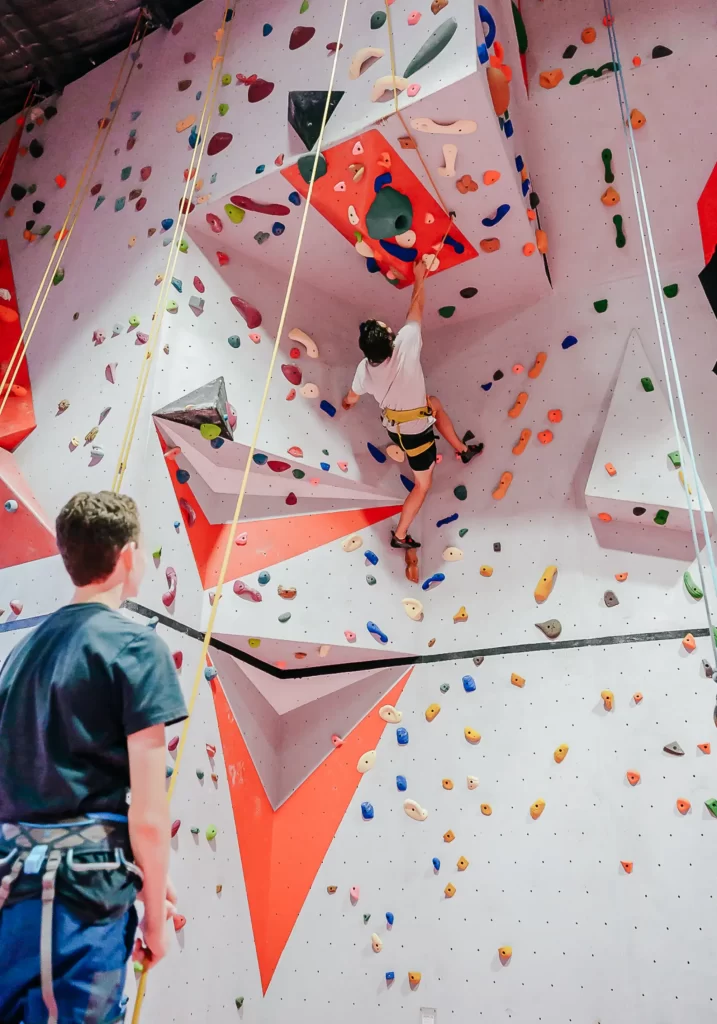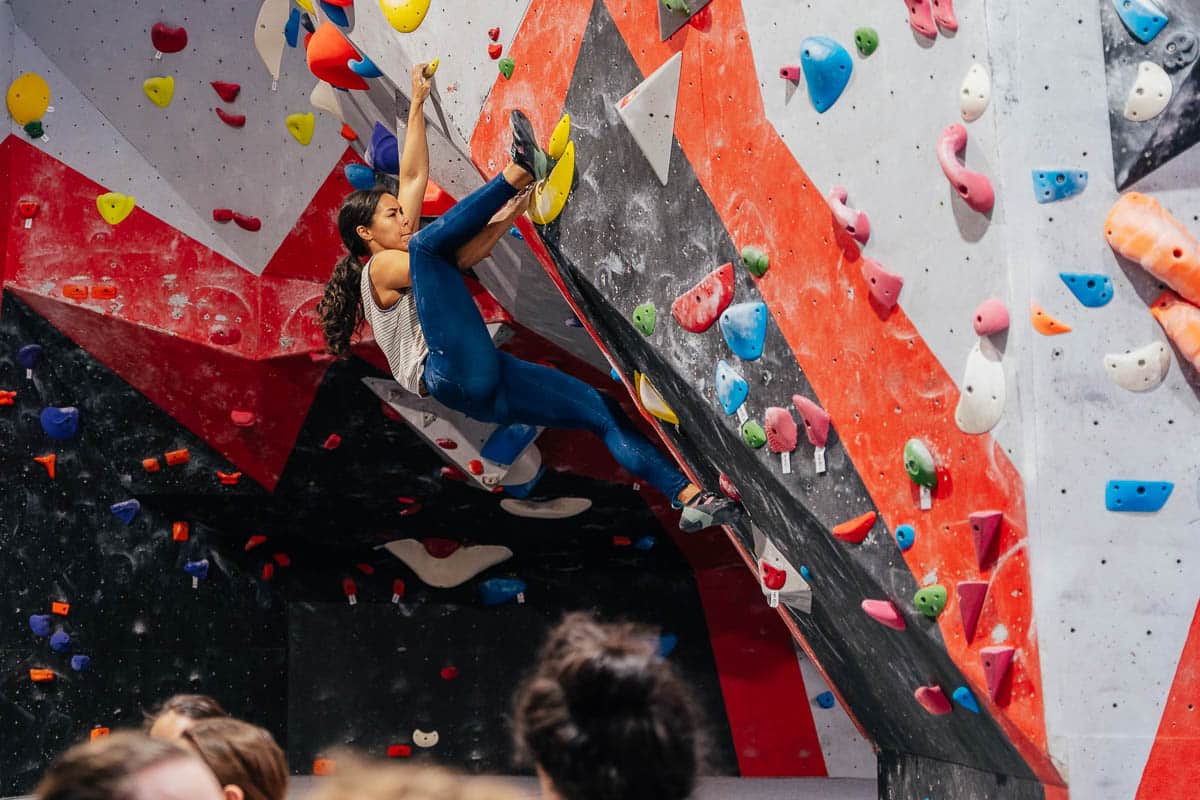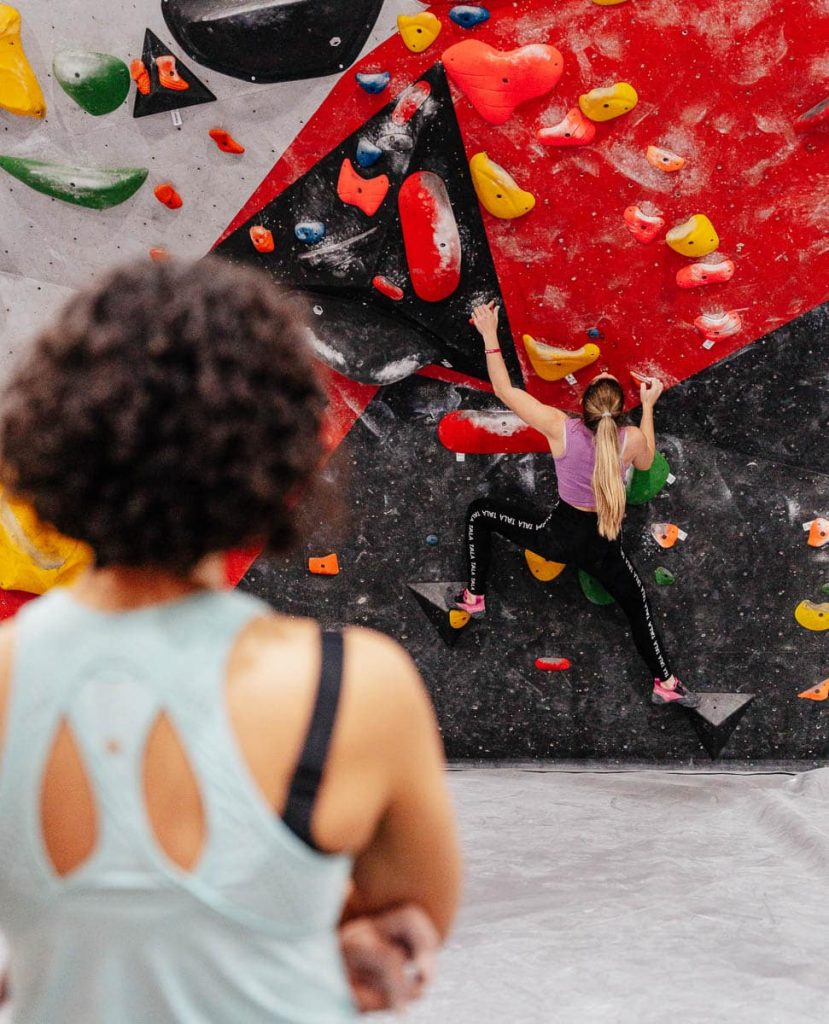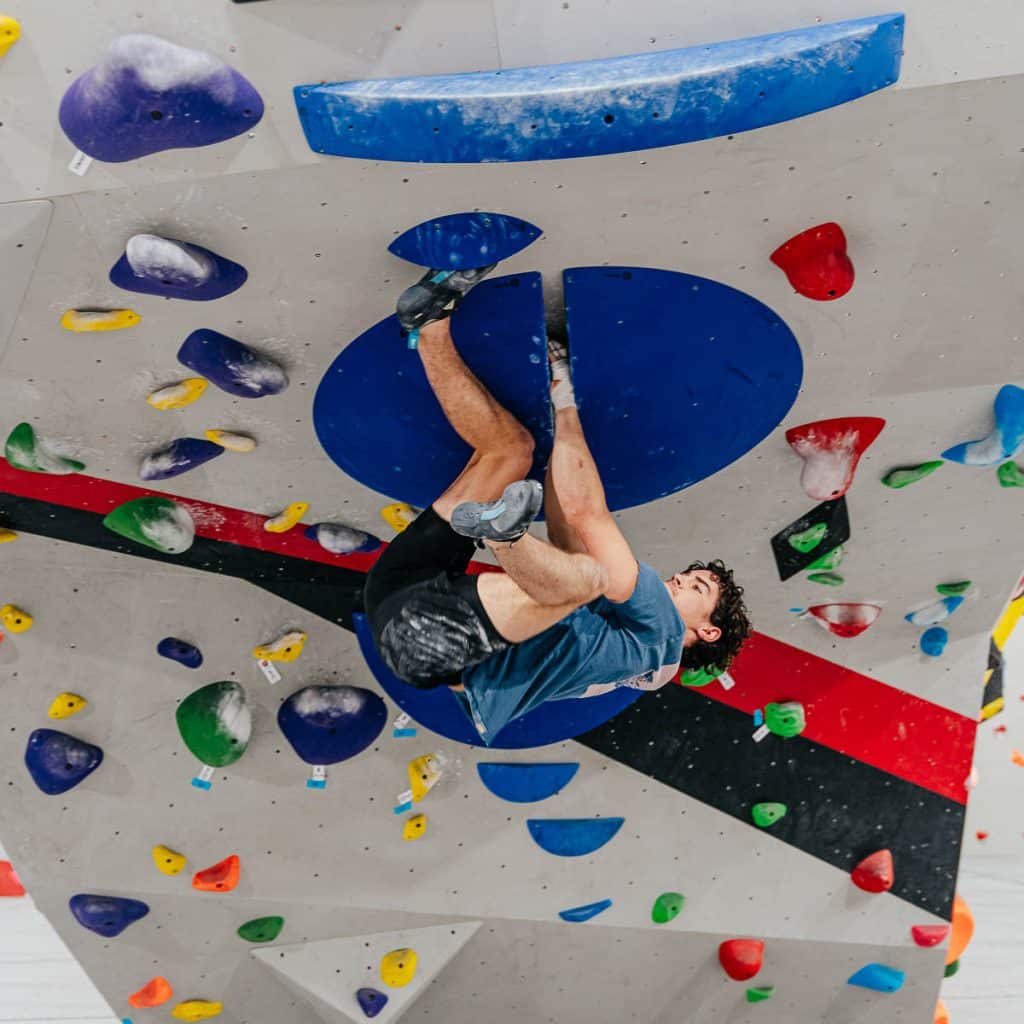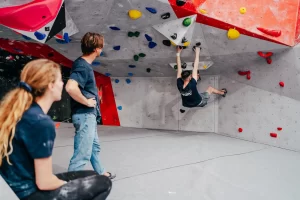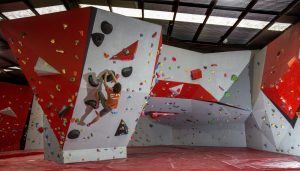Getting Pumped – An exercise physiologists perspective
Getting Pumped
It happens to everyone, you’re three quarters of the way up a stellar line, the anchors are in sight, and mid-way through the redpoint crux your fingers start straightening out, your arms are on fire and you ping off. Getting pumped is an inevitable part of the game, but are there some simple strategies to help reduce the onset of pump and its severity? We had a chat with Anthony Webb, an exercise physiologist from Multisport Solutions about getting pumped and what to do about it.
Anthony, tell us a bit about Multisport Solutions and your role as a strength and conditioning coach.
I joined Multisport Solutions (MSS) in 2010 after working with MSS owner and founder Aaron lean with New South Wales Institute of Sport (NSWIS) triathlon athletes in the Newcastle region. MSS models a sports institute style approach, but offers its services privately. MSS uses a holistic approach to long term athlete development for its athletes, providing a consulting network and service range of highly talented professionals to aid in athlete development.
MSS started out as a high performance endurance sports based company, and now services athletes in training / testing / education across a range of sports such as trampolining, tennis, mountain biking, and decathlon from junior through to elite and professional world class athletes.
MSS services its athlete base from Newcastle, however also works with athletes at distance as many of the athletes travel world wide for competitions and events.
Climbers get pumped! More specifically our forearms get rock hard and useless really quick. From a physiological point of view, what’s going on?
When muscles are required to produce force, they fill with blood so that oxygen and nutrients can be delivered to them to produce movement (gripping). When this occurs over time, a muscle swells with blood (climber’s pump), however when it is working at a high rate over time it becomes fatigued, where excess lactic acid accumulates in the muscle and limits the muscles ability to contract and produce force at a consistent intense rate.
What can we do to reduce the pump, whilst on a climb?
Lactic acid is the by-product of intense work, which is like the bodies automatic internal alarm system to slow down. Lactic acid accumulates in the muscle tissue and limits the ability for a muscle to continually produce force at a high rate.
Like any endurance trained athlete, an advanced climber through long term experience will have a greater ability to work with a higher amount of lactic acid for longer, and also have the ability to remove and metabolize (breakdown) lactic acid at a faster rate.
The ability of a climber to use the body efficiently – with the upper body working in unison with the lower body will decrease the build up of a “forearm pump”. Using the leg muscles / movements efficiently to transfer load to the upper body when climbing will dramatically decrease the onset of a pump. Limiting continual strong gripping actions will also decrease the lactic acid build up and decrease the severity of a “pump”. Taking small rest breaks and limiting the amount of continual gripping will help to delay the effects of a “pump”.
How can we train in the gym to stave off the pump out on the rock?
Like any athlete, a rock climber initially requires a sports specific functional assessment to determine how their individual body moves, and a postural screening to determine their movement tension patterns. With this information an individually prescribed exercise program will balance their body mechanics and provide appropriate functional movement patterns. These movement patterns will aid when climbing to effectively transfer load through the limbs to conserve energy, and minimize excessive upper body hanging and pulling positions.
There isn’t really one miracle exercise to drastically decrease a “pump”; a holistic approach is the best long term.
Are there any nutritional tips or super foods for lessening the pump?
There is no properly proven nutritional method for lessening the “pump”, or lactic acid accumulation that you can consume in the short term for an event, or individual climbing session. A long term diet that is poor in vitamins / nutrients / carbohydrate / protein will definitely decrease a climber’s ability to endure on the wall, where fatigue will set in earlier than desired because the body is not fuelled properly. Long term endurance athletes, which is the athlete category that climber’s fit into, require an exceptionally good nutritional intake, to be sufficiently recovered from previous climbs, and to prepare the body for the next climb.
In general it is a good idea to top up your energy levels within half an hour before an extended climbing session with a fast absorbing carbohydrate snack. If energy levels are low the body fatigues quicker and the effects of fatigue will decrease performance.
Hydration is also a major consideration before and during climbing. Even a small decrease in hydration levels can have a major impact on climbing performance. Small sips of water or sports drink before and during climbing training will assist in maintaining appropriate hydration levels.
Any tips for warm-up, cool down and rest period between sessions that will help reduce getting pumped?
Warm up and cool down are very important in getting the most out of each climb.
Initially the climber’s body must be prepared for tackling a wall and there are a few stand out areas of focus for a warm up for the whole body including the forearms:
- Decrease areas of tension, and balance postural mechanics in the body by completing individually specific stretches.
- Then activate the right muscles ready for a climb; areas specific to climbers are the gluteals, quadriceps, and thoracic extensors particularly.
- Specific areas of warm up and preparation for prevention of a “pump” are wrist flexors, which can be stretched. A climber can also use basic massage techniques on themself to decrease tension in the forearms and wrists, prior to climbing which can cause a “pump” to occur a little earlier. Over time using these techniques of stretching and massaging will make a large difference to the onset of a “pump”.
During a climb as mentioned earlier the best way to prevent a “pump” is to limit the amount and degree of gripping actions, and maximize the use of the lower body with the upper body, a combination of improved technique, weight transferal, and strong body mechanics.
On completion of a climb, like any other athlete the climber will recover most effectively if they have an individually specific warm down routine. Body mechanics are individual and particular stretching and releasing techniques may not suit every climber. A combination of individual stretches and release techniques, icing and compression strategies, and nutrition and hydration will provide the optimal recovery to climb again soon.
Rest periods are essential for climbers. Rest must be sufficient enough to allow the body to recover effectively. The forearms are a major area of tension, due to the time they spend under working load. A beginner climber should leave a break between their climbing days (example: climbing Monday / Wednesday / Friday) to give the tension areas time to recover. An advanced climber may be able to climb up to multiple times per day, however they will have superior body mechanics decreasing the tension on their forearms during a climb, and will have a between-session strategy in place which is well practiced to allow for fast recovery.
A big thanks to Anthony Webb and the boys over at Multisport Solutions for answering our questions. Check out their website or give them a call (0418 260 462) if you want to discuss specifically tailored training.

